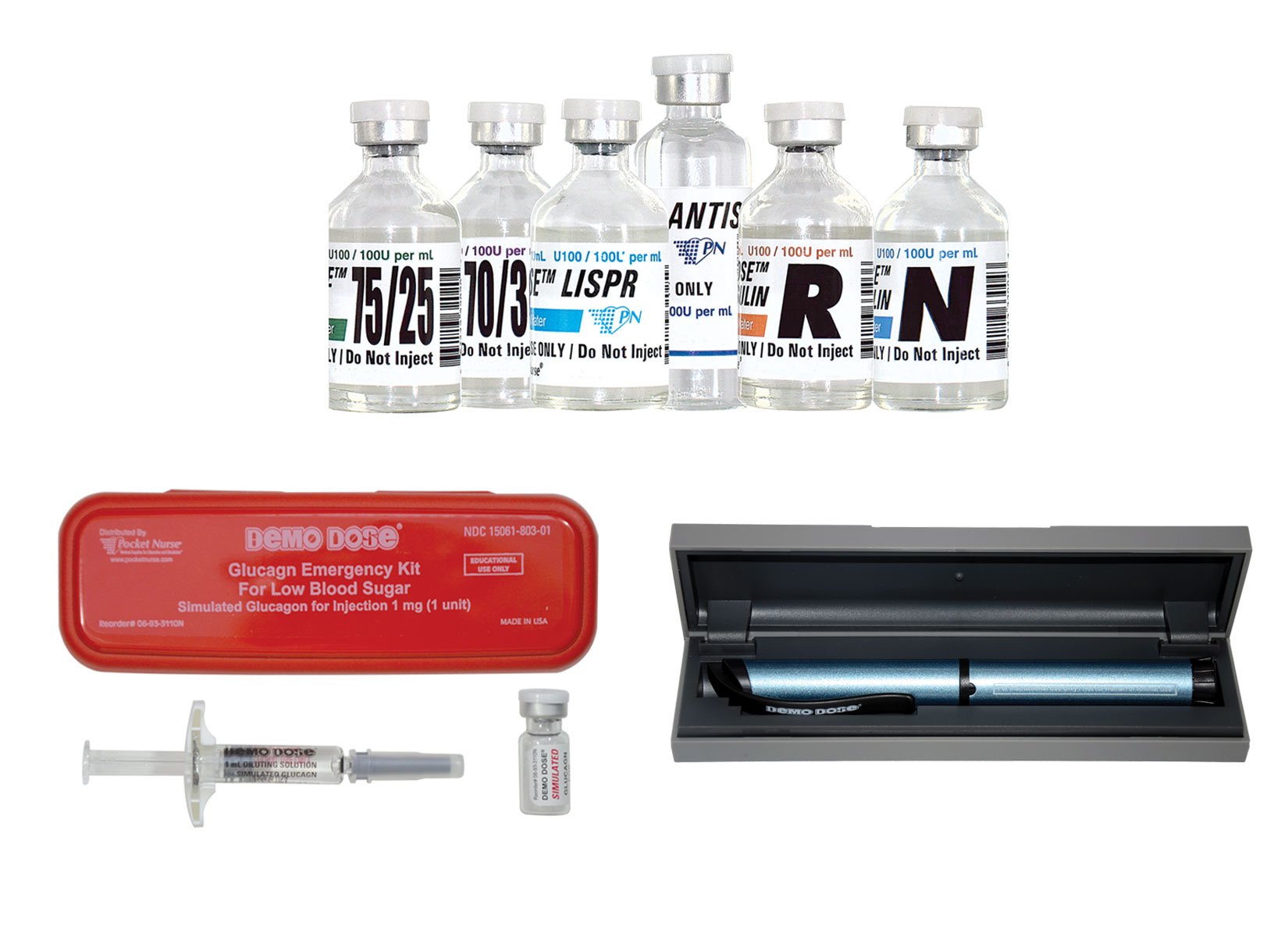
Every November, National Diabetes Awareness Month is observed to raise awareness with individuals, health care professionals, organizations, and communities across the country who are directly or indirectly affected by this serious disease. The CDC reports in 2014 that 29.1 million people, or 9.3%, of the population has diabetes, with nearly 8.1 million people being undiagnosed.
Diabetes is a serious disease that can be managed through physical activity, diet, and appropriate use of insulin and oral medications to lower blood glucose levels. Another important component of diabetes management is reducing other cardiovascular disease risk factors, such as high blood pressure, high cholesterol, and tobacco use.
Diabetes education is paramount to improving patient outcomes. Today diabetic simulation scenarios in Nursing and Medical education are well documented and highly effective. With the extensive amount of hands on learning in safe environments that it offers, simulation is a proven way to educate future and existing healthcare workers. (https://www.ncsbn.org/685.htm)
Scenarios focused on Diabetes Type 1 and 2, Diabetic Ketoacidosis (DKA), and Hypo/Hyperglycemia are just a few of the many diabetic related scenarios students get exposed to. The assessment of diabetic patients is most effectively taught as a case-based simulation. Students in a simulation scenario are able to identify presentation cues, be active in their own learning, and apply their skills without endangering the lives of patients.
Along with animated lectures, immersive scenarios, and using manikins, incorporating Standardized Patients (SP) into your Diabetes education is another option to educate students on the management of this serious disease. SPs take simulation education to the next level of realism. SPs can portray specific case study objectives, play family member roles of a patient with DM, evaluate history taking approaches, evaluate physical assessment skills, evaluate communication skills, offer constructive feedback, and target added scenario objectives.
 Task trainers and educational tools for diabetes education: How Much Fat, Injection Belly, and Venous or Arterial Insufficiency Model.
Task trainers and educational tools for diabetes education: How Much Fat, Injection Belly, and Venous or Arterial Insufficiency Model.
Pocket Nurse® has everything instructors need to make diabetic education in the simulation lab or classroom successful. From Demo Dose® Insulin products to diabetes models and trainers, Pocket Nurse has your solution for classroom and simulation lab diabetic educational needs.






